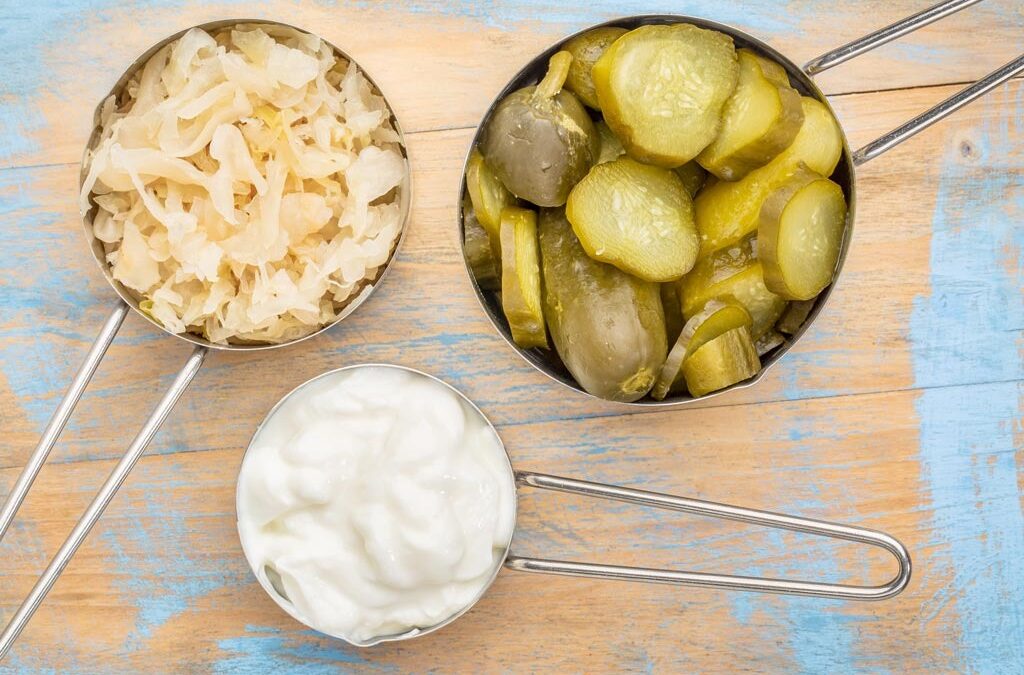
Sore throat tips for winter
Sore throats can happen at any time of year, but tend to be more common in winter as a combination of dry cool air and spending more time crowded indoors with other people (and sharing their germs!).
When looking at sore throats it’s important to identify the cause of the pain – the most common causes are viral or bacterial infections, or environmental and allergic reactions. These can be generally managed quite easily, but there can be more serious causes as well that may require more than basic treatment.
In terms of symptomatic relief, the classics are classics for a reason – they are generally soothing, coat the throat to provide a protective barrier against damage and infection, and some substances have anti-inflammatory or anti-microbial effects. Starting with the most basic of remedies, gargling with warm salty water is both anti-microbial and soothing, while warm thick drinks containing honey and lemon coat the throat and fight infections. Good quality manuka honey has been shown to have antimicrobial properties, but needs to be taken regularly at a high concentration for proper therapeutic effect – regular honey just won’t cut it. Ginger infusions are pleasantly warming and combine very well with both lemon and honey for a soothing, anti-inflammatory and anti-microbial drink. Ideally, these would be sipped regularly while the drink is warm to maintain a protective layer, or (in the case of salt water) can be gargled regularly before and after meals.
When it comes to herbs, there are a number of options to consider, but as always it’s incredibly important to check herb-drug interactions, be aware of allergies and only use high quality herbal extracts. The following have a good scientific backing for their medicinal properties:
- Marshmallow extract is usually prepared in glycerine rather than alcohol, meaning is it sweet, thick and provides anti-inflammatory effect to the respiratory and digestive tract – and is pleasant to take!
- Sage and liorice root also have anti-inflammatory properties (although liorice can loosen chest congestion that will need to be coughed up and out)
- Echinacea extract is an immune modulator that can assist the body in dealing with infections.
- Clove extract has an anaesthetic effect and can be taken as a spray or lozenge to numb the throat and reduce pain, although should be used sparingly as it’s easy to cause accidental mouth damage when it’s all numb!
Most adults should be able to tolerate the above remedies without issues, however precautions should be taken with children and only given under professional guidance. Honey (especially raw honey) should be completely avoided in children under 1, and lozenges should be avoided in children under 4 as they are a choking hazard. When dispensed by a professional, herbs will be dosed appropriately for the childs’ age and weight. Liorice is fine for children in small doses, but higher doses can cause headaches, high blood pressure and altered electrolytes and should be avoided in people with high blood pressure.
From an environmental point of view, using a humidifier and avoiding cold air can make a big difference – as does avoiding sick people and crowded places to avoid spreading infections. It’s important to maintain fluid intake to keep respiratory tissues moist from the inside and to avoid allergic triggers that would worsen symptoms. Keeping the throat and chest area warm is generally beneficial and while some people with a sore throat find ice-cream soothing due to its numbing and ‘icing’ effect, I would generally discourage this as the cold can aggravate it further. Eating soft foods are generally well tolerated and are less likely to irritate inflamed tissue than, say, pineapple fritters!
Learning to cough ‘silently’ (a technique used by speech pathologists to minimise harm to the vocal cords) can also be useful to avoiding irritating an already sore and tender throat. The technique involves tilting the head forward after a deep exhalation and then swallowing to clear mucous and phlegm without the harsh cough.
Lastly, symptomatic relief is all well and good, but a viral or bacterial infection will have a different progression and possible consequences than a physiological cause like silent reflux or oesophageal nodules. A sore throat that doesn’t resolve within a reasonable time (usually a few days to a few weeks) and is accompanied by other symptoms should trigger further investigation to rule out longer term issues.








Recent Comments